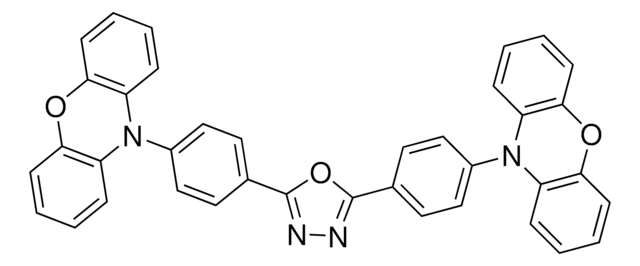DNAQF
DNA Quantitation Kit, Fluorescence Assay
Quantitation of DNA using bisBenzimide
Synonym(s):
dsDNA quantification
Sign Into View Organizational & Contract Pricing
All Photos(1)
About This Item
UNSPSC Code:
41105500
NACRES:
NA.84
Recommended Products
Quality Level
usage
sufficient for 750 assays (2 ml each)
technique(s)
nucleic acid detection: suitable
storage temp.
−20°C
General description
The kit has all the reagents necessary for quantitation of DNA using the fluorescent dye bisBenzimide (Hoechst 33258). The kit allows highly sensitive, quick, and accurate determinations of double-stranded DNA from 10ng/ml to 5μg/ml, even in the presence of RNA and proteins. Fluorometry is a highly sensitive and simple method used for DNA quantitation. The fluorescent dye, bisBenzimide H 33258, which binds primarily to AT sequences in the minor groove of double-stranded DNA (dsDNA), is specific for quantitation of nanogram amounts of DNA (10 ng/ml to 10 mg/ml). When excited at 360 nm, the fluorescence emission at 460 nm of the dye increases significantly in the presence of DNA.
Application
DNA Quantitation Kit, Fluorescence Assay has been used to measure the concentration/content of DNA:
- in neonatal rat ventricular myocytes (NRVMs)
- in human mesenchymal stem cells (hMSCs)/samples for normalization of the relative alkaline phosphatase (ALP) amount
- in mouse embryonic fibroblast cell line (NIH3T3 cells)
Features and Benefits
- Specific for the quantitation of nanogram amounts of DNA
- Works well with purified preparations as well as with DNA from crude extracts containing RNA and proteins
Kit Components Only
Product No.
Description
- Detailed technical bulletin 1 ea
related product
Product No.
Description
Pricing
Storage Class Code
10 - Combustible liquids
Certificates of Analysis (COA)
Search for Certificates of Analysis (COA) by entering the products Lot/Batch Number. Lot and Batch Numbers can be found on a product’s label following the words ‘Lot’ or ‘Batch’.
Already Own This Product?
Find documentation for the products that you have recently purchased in the Document Library.
Customers Also Viewed
Membrane culture and reduced oxygen tension enhances cartilage matrix formation from equine cord blood mesenchymal stromal cells in vitro.
Co C
Osteoarthritis and Cartilage / OARS, Osteoarthritis Research Society, 22(3), 472-480 (2014)
Krzysztof Wrzesinski et al.
PloS one, 9(9), e106973-e106973 (2014-09-16)
Cellular metabolism can be considered to have two extremes: one is characterized by exponential growth (in 2D cultures) and the other by a dynamic equilibrium (in 3D cultures). We have analyzed the proteome and cellular architecture at these two extremes
Mohmmad Mardani et al.
Iranian journal of basic medical sciences, 16(6), 763-773 (2013-09-03)
Osteoarthritis is one of the most common diseases in middle-aged population in the world. Cartilage tissue engineering (TE) has been presented as an effort to introduce the best combination of cells, biomaterial scaffolds and stimulating growth factors to produce a
Steve Elder et al.
Journal of biomedical materials research. Part A, 106(8), 2251-2260 (2018-03-27)
Given the limited availability of fresh osteochondral allografts and uncertainty regarding performance of decellularized allografts, this study was undertaken as part of an effort to develop an osteochondral xenograft for articular cartilage repair. The purpose was to evaluate a simple
In vitro cytocompatibility and blood compatibility of polysulfone blend, surface-modified polysulfone and polyacrylonitrile membranes for hemodialysis
Roy A, et al.
Royal Society of Chemistry Advances, 7023-7034 (2015)
Our team of scientists has experience in all areas of research including Life Science, Material Science, Chemical Synthesis, Chromatography, Analytical and many others.
Contact Technical Service










